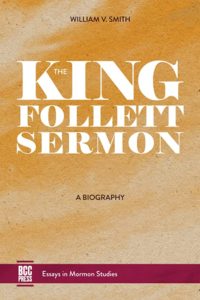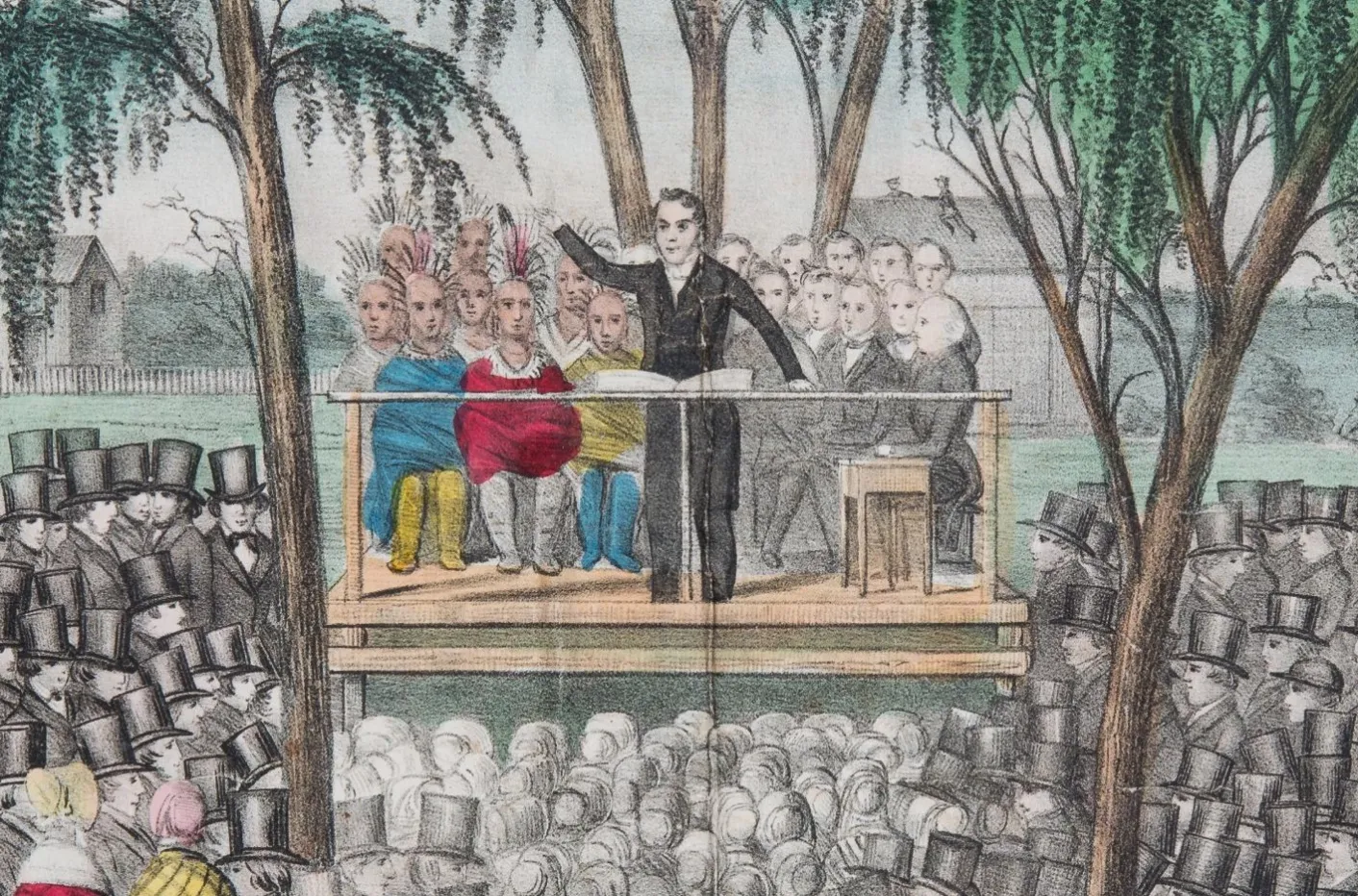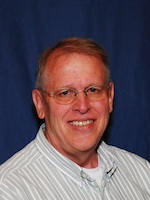William Victor Smith introduces his new book, The King Follett Sermon: A Biography.
 At age sixteen, I happened to pick up my father’s copy of Teachings of the Prophet Joseph Smith. Flipping it open, I found, “The King Follett Discourse.” I’d never heard of it before that moment. My eyes were drawn to the section that suggested God was not always God. Shock. After reading through the sermon several times, I decided to do a little test. Catching my mother in the middle of Sunday dinner prep, I said, “Did you know that God had a Father?” “You mean Jesus?” “No. I mean God the Father had a Father.” She clearly felt confused. “It says it right here.” After a moment, she shrugged it off and told me to stir the gravy. But I became a haunted man.
At age sixteen, I happened to pick up my father’s copy of Teachings of the Prophet Joseph Smith. Flipping it open, I found, “The King Follett Discourse.” I’d never heard of it before that moment. My eyes were drawn to the section that suggested God was not always God. Shock. After reading through the sermon several times, I decided to do a little test. Catching my mother in the middle of Sunday dinner prep, I said, “Did you know that God had a Father?” “You mean Jesus?” “No. I mean God the Father had a Father.” She clearly felt confused. “It says it right here.” After a moment, she shrugged it off and told me to stir the gravy. But I became a haunted man.
I wondered, translating my sixteen-year-old mental workings, “was this normative to those people I see every Sunday?” Turns out, it wasn’t unknown but it wasn’t a universal either. That was the beginning of it.
The summer before grad school, I managed a letter of introduction to the LDS Church History Department (in those days, that was more of a thing). I read through boxes and folders of papers of Joseph Smith, Brigham Young, and many other church figures, along with minutes of meetings of all kinds to try and find the roots and reception branches of this King Follett preaching. Time ran out before I could manage much beyond typing transcripts of letters and journal entries.
As an undergraduate I did work in mathematics, philosophy, history, and what at the time passed for documentary editing. At the time, jobs were exceedingly scarce and I went on to receive a PhD in mathematics, doing a post-doc at Texas and tenure track job at University of Mississippi. I worked further at the University of Pau, France and the Institut de Recherche pour le Developpement, Paris. Meanwhile, I moved to the faculty of Brigham Young University. That brought the third encounter with King Follett. By 2006, I started serious work on Joseph Smith’s preaching.
I was especially interested in Joseph Smith’s funeral preaching and by extension American Puritan and Protestant antebellum preaching. A friend who had worked his way into history from science advised me to read. And read. The work of Mary-Jo Kline, and collected papers projects like the Works of Jonathan Edwards, the Joseph Smith Papers, and other similar papers projects helped me focus my efforts by example and methodology.

The King Follett Sermon: A Biography, is part of my larger work in Joseph Smith’s preaching. The structure of the book is chronological. After an introduction, chapter 1 considers the sermon event itself, the source documents (these are laid out in much finer detail in Appendix E), Smith’s theological anthropology, a proposed textual theory (which I more or less borrow from Meredith Neuman’s excellent work, Jeremiah’s Scribes), the various print editions over time, a timeline, and some intertextual issues. The sermon itself is not new material for Smith, but it does lay out ideas, some of which appear together for the first time and in front of his largest ever open-air audience. Chapter 2 considers the sermon in the landscape of Middle Mormonism, what I call the period from 1845–1890. I look at ontological and cosmological issues and themes, founded in a developing metaphysics of plural marriage, that in cases began to run counter to some announcements of the sermon. In 1856, church historians began the project of trying to reconstruct Smith’s preaching. This was a hard problem with many facets. There were no real base texts. Pivotal texts had to be constructed (the details are in Appendix C of the book). For the Follett sermon, the 1856 scribal work planted the seeds for twentieth-century controversy. In chapter 3, I examine how the sermon influenced Mormon teaching in the era 1890–1926 and the beginning of a new textual tradition and how it led a church presidency to suppress the sermon. Chapter 4 examines the rejuvenation of the sermon, it’s cultural influences and how culture influenced the text’s reception. Finally, and probably inevitably, I show that the sermon intersects with mathematics. The chapter ends with a summary. There are six appendices, largely aimed at text junkies like myself. Two are found at the back of the book, four others are online (see the table of contents). Appendix A contains a new critical edition, B contains some obscure documents referenced in chapter 3, C is a source criticism of the two founding text traditions, D contains comparisons of various manuscripts and imprints and variorums for nineteenth-century and twentieth century texts, E contains typographical facsimiles of source manuscripts, along with the initial 1856 draft and final 1856 draft and their relationship to a third early (1845) text, F contains a color-coded transparent critical edition of the sermon—more graphical and revealing (I think) than the one found in Appendix A–but too expensive to reproduce in usual print media.
 William Victor Smith has a PhD in mathematics from the University of Utah. His work has appeared in various scientific and mathematics journals and Mormon themed works like Dialogue: A Journal of Mormon Thought and several academic edited volumes. He previously published Textual Studies in the Doctrine and Covenants: The Plural Marriage Revelation (Kofford, 2018).
William Victor Smith has a PhD in mathematics from the University of Utah. His work has appeared in various scientific and mathematics journals and Mormon themed works like Dialogue: A Journal of Mormon Thought and several academic edited volumes. He previously published Textual Studies in the Doctrine and Covenants: The Plural Marriage Revelation (Kofford, 2018).
